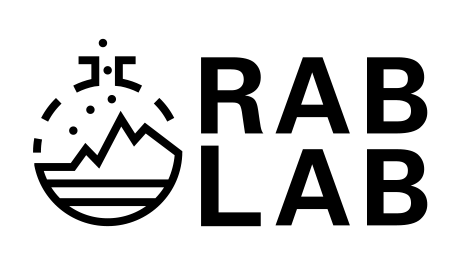

Down & Synthetic
Insulated gear uses either down or synthetic insulation, although some use both of them in their design.
Get Down with Down
Down are the fluffy clusters that are found underneath the tougher outer feathers of ducks and geese. If it’s good enough to keep them warm, then it’s good enough for us.
When people talk about down, they may often refer to it as feathers. However, feathers are only a very small proportion of the insulation. We use far more down than feather in our gear.
What’s so great about down?
Down is made of very fine fibres that provide the lightest and most efficient means of trapping and holding air in position.
This trapped air provides an incredibly efficient thermal barrier. Its performance is unrivalled by any other natural or synthetic equivalent. Individual down clusters expand (or loft) to fill an area that is vast relative to their size. The down’s volume is then made almost entirely of trapped air, so any down filled gear remains incredibly lightweight and compressible.


Down Cluster Ratio
This is the amount of feather and down mix that is found in your down clothing.
The higher the ratio, the more down the item contains.
For our duck down gear, we have a cluster ratio of 80:20, where there is a maximum of 20% feather content. For our goose down items this ratio changes to 90:10, where the minimum down content is 90%.
The higher the percentage of down, the better warmth for weight.




The Synthetic Specifics
Synthetic insulation is completely man-made. It is usually created from polyester to form either sheets of wadding or lofted (blown) structures that behave very similarly to down.
Different sized filaments are intertwined with each other to create air pockets that insulate you from the cold.
What’s so great about synthetic insulation?
Synthetic insulation is strong and resilient. It’s lightweight, fast drying, and remains effective in damp conditions. Synthetic sheet insulation can be especially useful for gear used in stop-start activities or fast-moving ascents because it can be used with highly breathable fabrics. It’s designed to respond to your output, insulating or breathing to regulate your temperature across a wide range of conditions.








How is synthetic insulation made?
In general, sheet insulation is a non-woven material. It is produced using polyester fibres, which are interlaced to form a 3D web-like structure. This structure is held in place by binder fibres which are heat activated (melted) so that they bond at points where the fibres cross to hold them in place.


Explore PrimaLoft®
We use a variety of different types of PrimaLoft® synthetic insulation in our products. Some of them mimic the structure of down in a feather-free package, others are made from 100% post-consumer recycled plastic.
Find out how it works to keeps you warm:


Your choice will depend on the location, activities, and conditions you expect to encounter.








